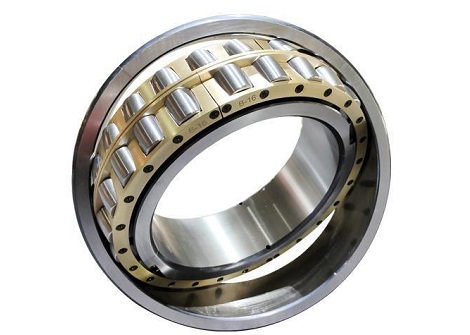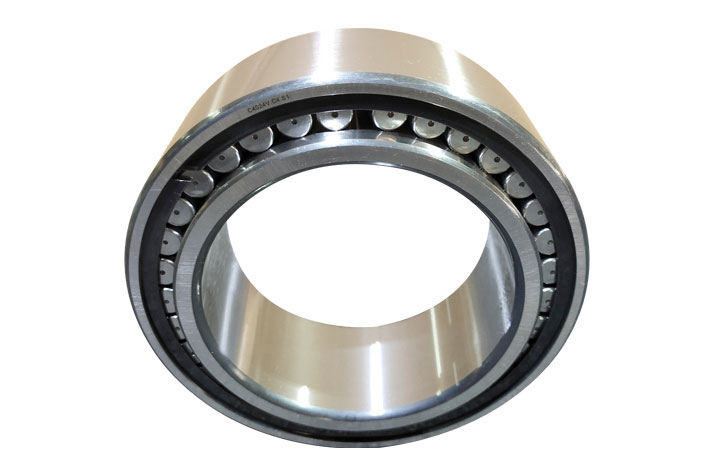
CRB bearings are a type of radial rolling bearing that uses rollers as rolling elements. Its internal structure consists of parallel-arranged cylindrical rollers, accompanied by a cage or isolator to prevent the rollers from tilting or rubbing against each other. This effectively reduces rotational torque, enhancing the bearing's operational stability and service life.
High Load Capacity: Rollers form line contact or modified line contact with the raceways, providing extremely high radial load capacity, especially suitable for heavy load and impact load conditions.
Low Friction, Suitable for High-Speed Operation: CRB bearings have a low friction coefficient, with a maximum speed close to that of deep groove ball bearings, making them suitable for high-speed operating equipment.
Axial Displacement Compensation: N-type and NU-type CRB bearings can move axially to accommodate relative positional changes between the shaft and housing due to thermal expansion or installation errors, acting as free-end support bearings.
High Precision Installation Requirement: CRB bearings require high machining accuracy for shafts or housing bores. The relative skew of the outer ring axis must be strictly controlled after installation to avoid contact stress concentration, which reduces bearing life.
Easy to Install and Remove: Some CRB bearings adopt a separable design, allowing the inner or outer rings to be independently installed, facilitating equipment maintenance and replacement.
N-type and NU-type CRB bearings: The outer ring has no flanges (N-type) or the inner ring has no flanges (NU-type). They can bear significant radial loads, have high maximum speeds, and allow axial movement of the shaft or housing but cannot bear axial loads.
NJ-type and NF-type CRB bearings: Both inner and outer rings have flanges, restricting the axial displacement of the shaft or housing in one direction, and can bear small unidirectional axial loads.
Combined CRB bearings (NU + HJ type, NJ + HJ type, NUP type): They can simultaneously limit axial displacement in both directions within the allowable axial clearance range and withstand certain bidirectional axial loads, suitable for conditions requiring precise control of axial displacement.
Due to their excellent load capacity and high rigidity, CRB bearings are widely used in machine tool spindles, motors, wind power generation, gearboxes, railway vehicles, metallurgical equipment, and other high-load, high-speed mechanical equipment.

